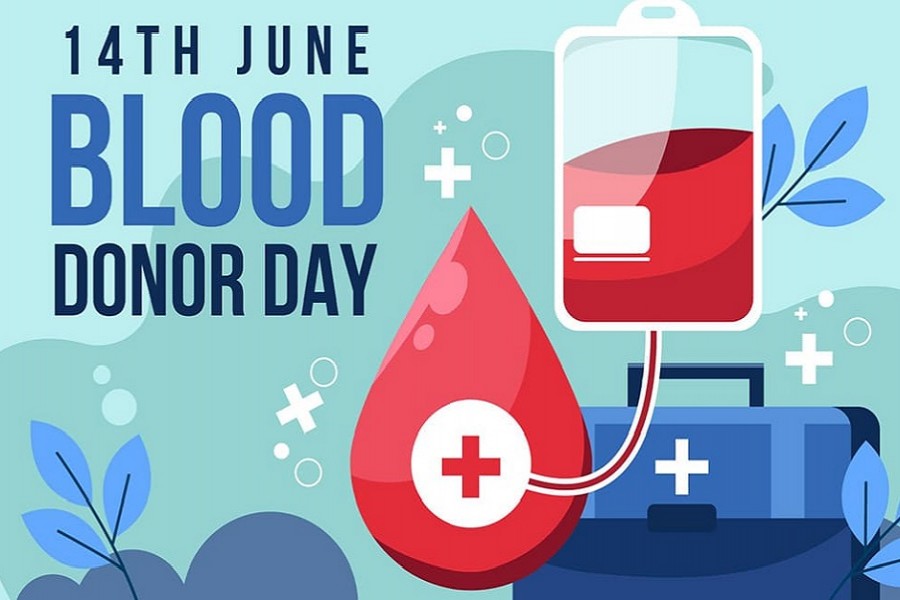The question that is likely to strike one is, why a World Blood Donor Day instead of an international or world blood donation day is observed. Even a national blood donation day is rarely celebrated among nations. India seems to be an exception to this as it marks October 1 every year as the National Voluntary Blood Donation Day. It has been observing the day since 1975. In the USA, different states started observing state blood donation day following the initiative of Nevada in 2015. Several states started observing a national blood donation day on September 10 but then other states had it on September 8 from 2016 onward. Still other states started celebrating the day on September 5.
Clearly, the USA is yet to have a coordinated national blood donation day. The reason behind this is quite clear: even as advanced a country as the USA felt the urgency of voluntary blood donation very late. On that count, India certainly did an excellent job by organising a nationwide campaign for blood donation. Even Bangladesh has a record of taking such an initiative early enough as Sandhani organised the country's first blood donation programme in 1977. It was followed by setting up of the Medicine Club at Mymensingh Medical College in 1981. Then Bandhan comes on the scene courtesy of an initiative by Dhaka University students. The latest to join the move is Charpoka Blood Bank which has the largest database of blood donors. Bangladesh surely has reasons to feel proud of the initiatives taken by voluntary organisations with the objective of providing safe and healthy blood and blood products for critical patients. Their avowed mission is not to allow anyone die without transfusion of required types of blood.
In this context, the country has earned the right to celebrate the World Blood Donor Day, albeit it is not a popularly known occasion for celebration. Initiated as late as 2005, here is an attempt to honour the voluntary and unpaid donors or recognise their contribution through celebration on June 14. Blood and blood products donated by professional and paid donors may not be safe enough. The voluntary donors by now know that donation of blood is risk-free and the satisfaction of saving a life is incomparable. However, with all the big initiatives taken by different organisation for making blood available to critical patients, the crisis of blood persists. Sources of blood are yet to be fully smooth and safe. About 25 per cent of the nation's blood supply comes from voluntary donors, 20-25 per cent from paid donors and 50-51 per cent from one-time donation for a particular patient.
Concentrated mostly in Dhaka and a few other major cities, blood collection and preservation programme cannot be spread far and wide for infrastructural constraints. This calls for capacity building and launching awareness campaign in order to motivate more people for blood donation. Project Charpoka's objective to build a database of 2.0 million blood donors by 2020 is a step in the right direction. This can be extended further and the necessary paraphernalia readied to get the right donor to the patient in need of blood in time. In a corona-ridden environment, this year's theme, "Give blood and keep the world beating" looks most appropriate and the best reward for donors is the feeling of joy out of service to humanity.


